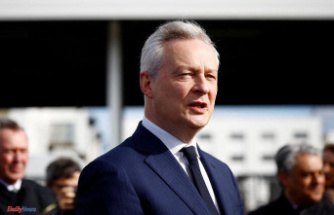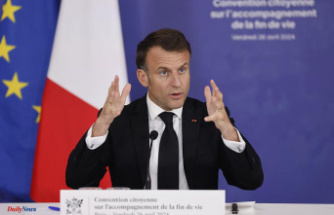The Russian partial mobilization is intended to compensate for the losses in Ukraine. In Kyiv, people are sure that there is more to it than that. Next year, Russia could launch an attempt to capture the Ukrainian capital.
The Ukrainian military leadership is expecting a new Russian offensive as early as January, during which a second attempt to conquer the capital Kyiv is also planned. The advance could come from the Donbass in the east of the country, from the south or from neighboring Belarus, said generals Valery Saluschni and Olexandr Syrsky in interviews with the English business magazine The Econonomist. "The Russians are preparing about 200,000 soldiers for deployment. I have no doubt that they are targeting Kyiv again," Zalushniy magazine quoted as saying.
Ukrainian Defense Minister Oleksiy Reznikov made a similar statement to The Guardian newspaper. There is increasing evidence that Russia is preparing a new offensive. It could be planned for February, when half of the 300,000 men drafted as part of the partial mobilization had completed their training.
Meanwhile, several Ukrainian cities were attacked again. Explosions could be heard in the capital Kyiv, Mayor Vitali Klitschko told Telegram. He called on the residents to get to safety. According to Klitschko, the metro does not run, and the stations are to be used as emergency shelters. There are also problems with the water supply.
According to British military experts, Russia is currently still increasingly relying on outdated trench warfare. Accordingly, the Russian troops are building elaborate defenses along the entire front line, with a focus on the northern sector around the city of Svatove in Luhansk Oblast. "Russian designs follow traditional military plans for constructing trenches that have remained largely unchanged since World War II. Such designs are likely to be vulnerable to modern, precise indirect strikes," the tweet said.












